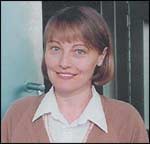
Support authors and subscribe to content
This is premium stuff. Subscribe to read the entire article.
Login if you have purchased

This is premium stuff. Subscribe to read the entire article.
The electromyographic (EMG) signal is the bioelectrical current generated during muscle contraction. It can be transmitted as an input signal...
Read more
© 2024 The O&P EDGE